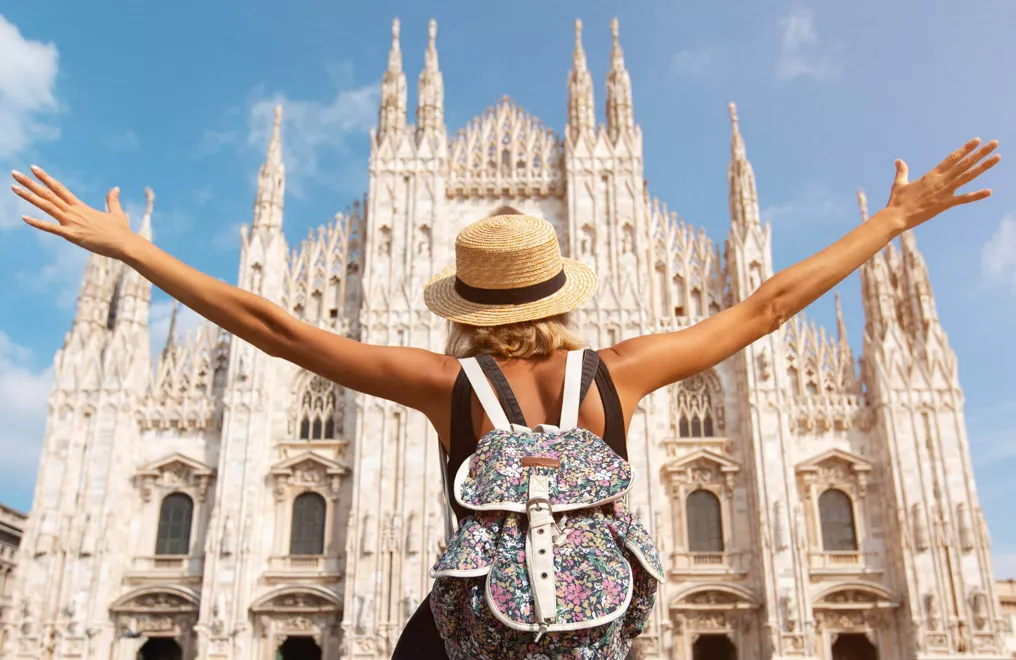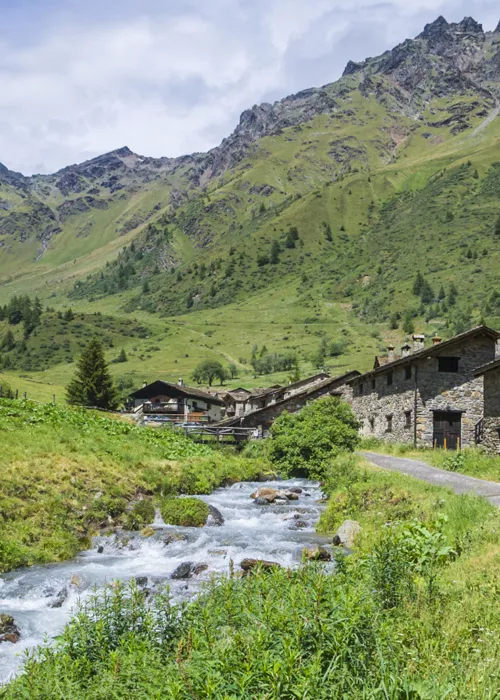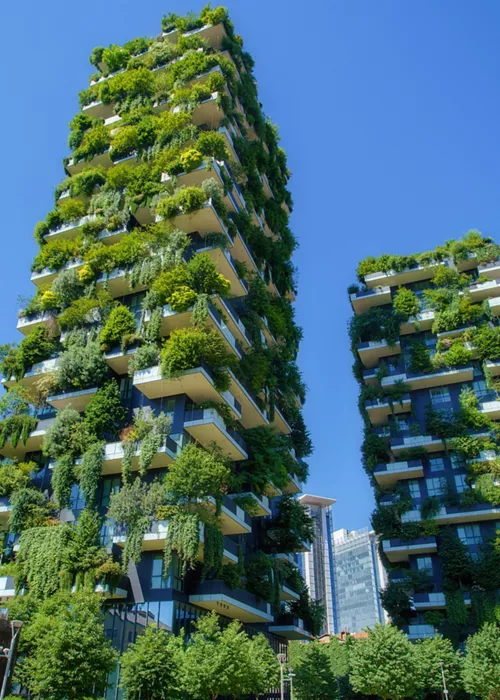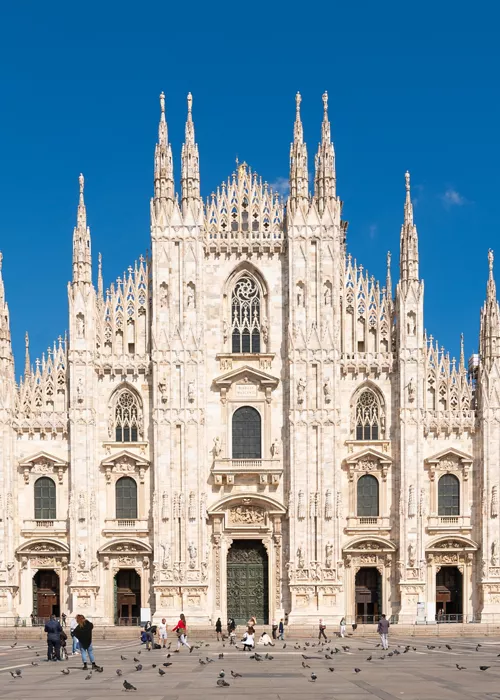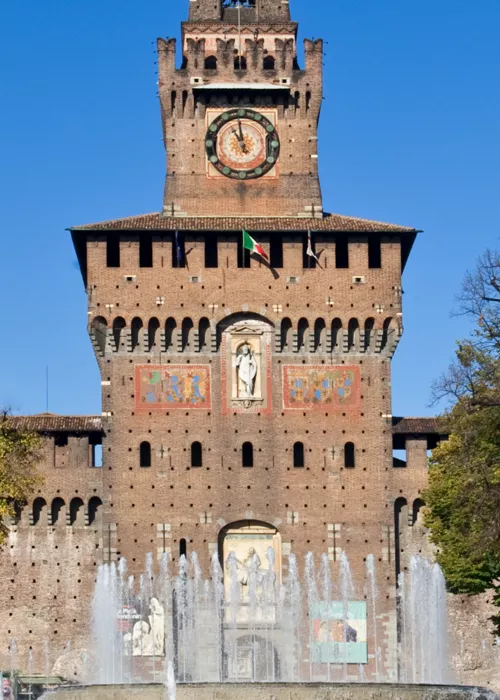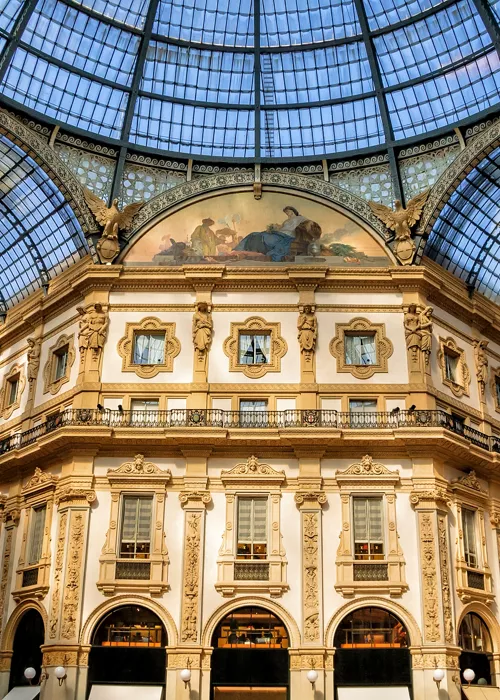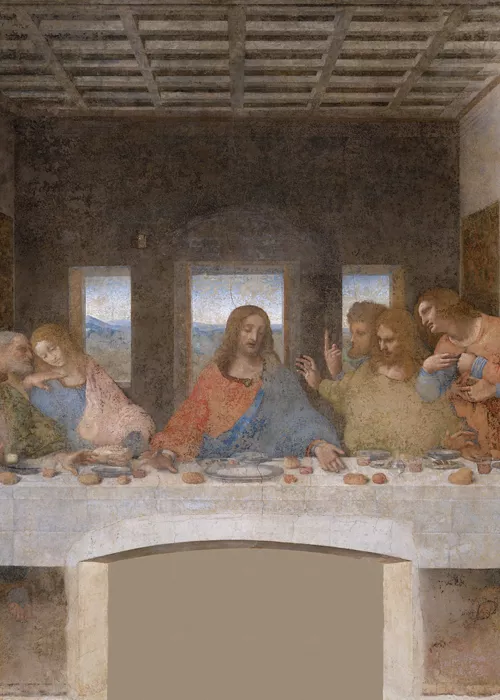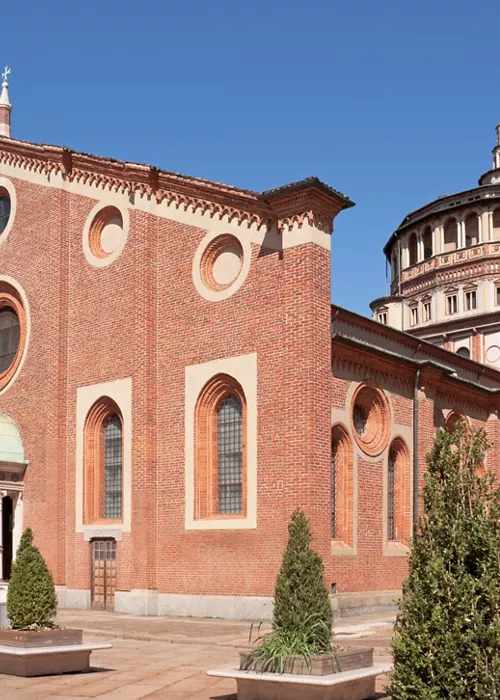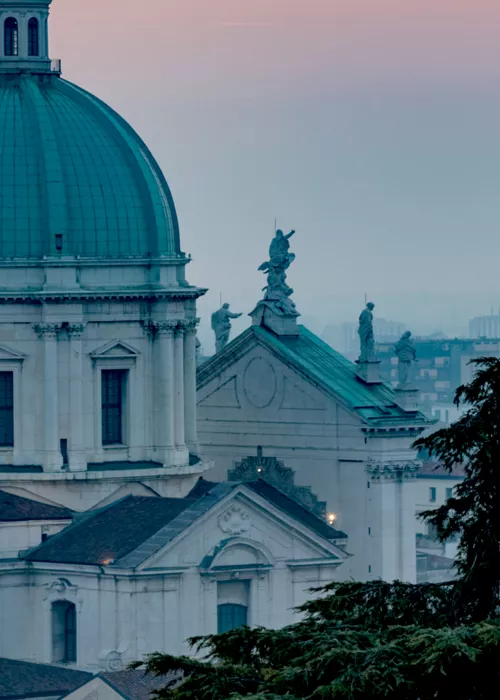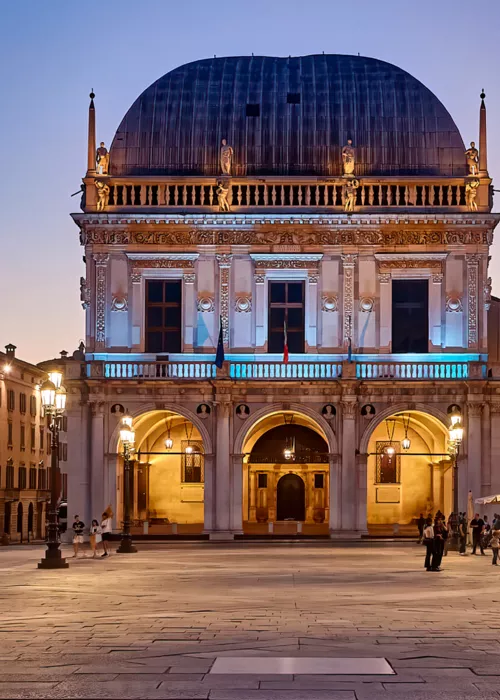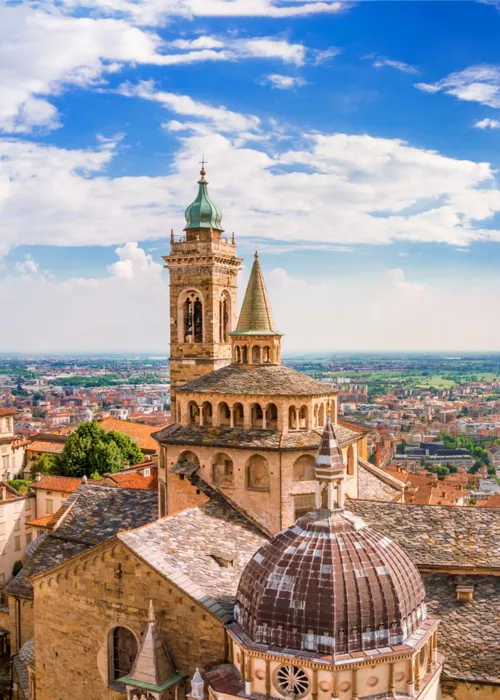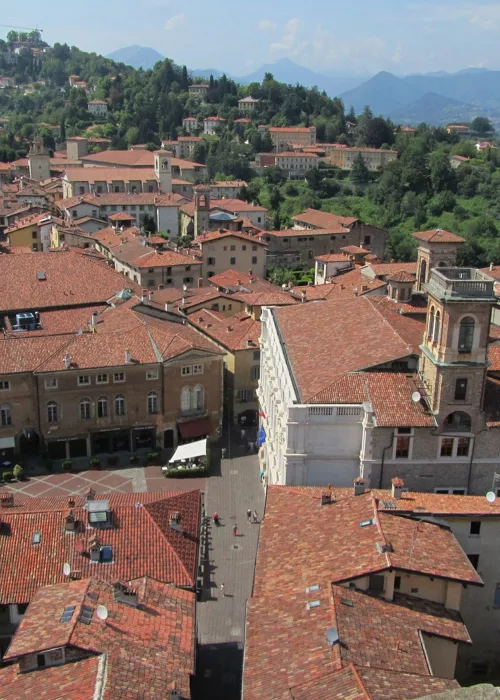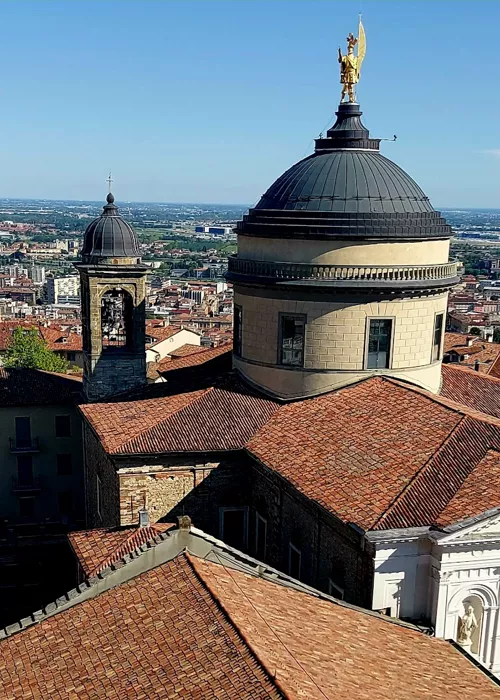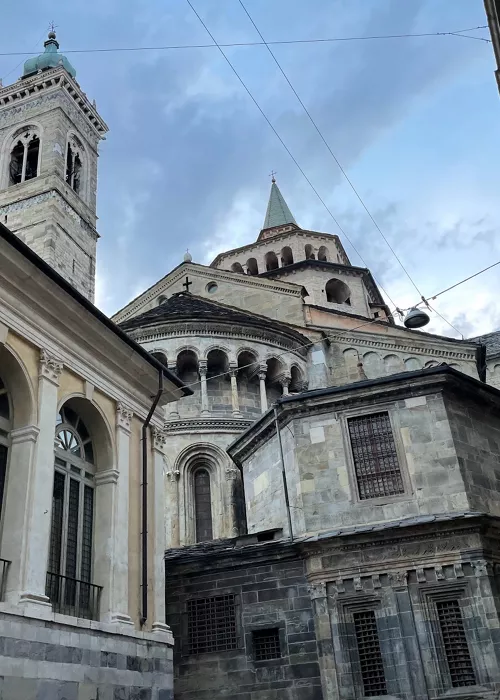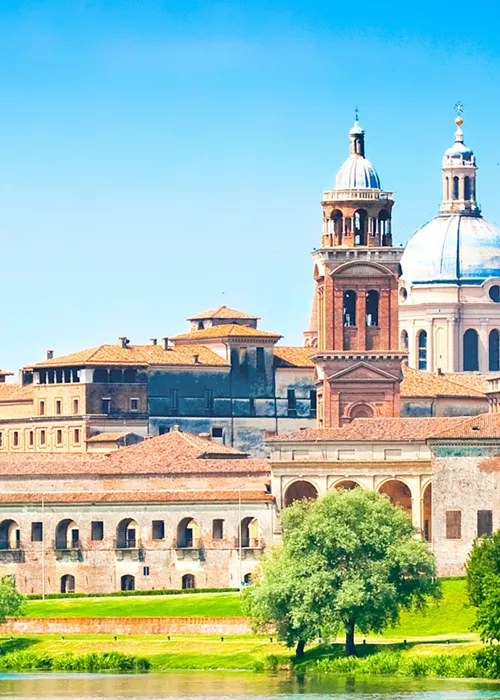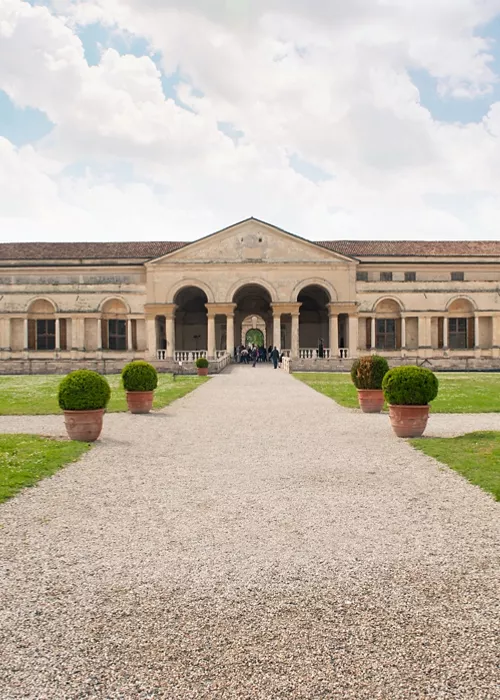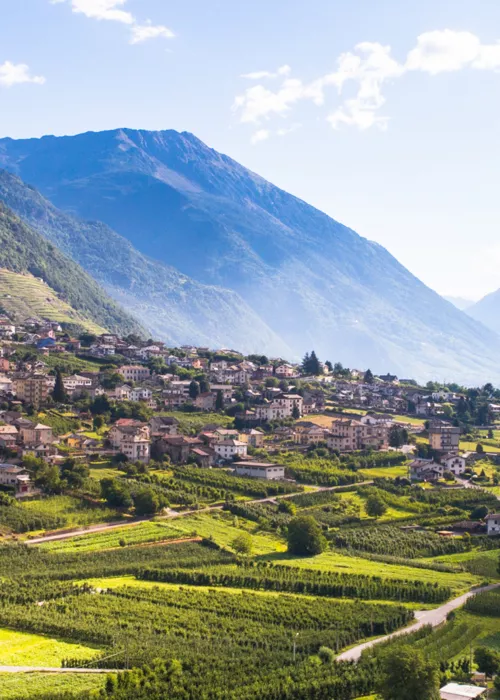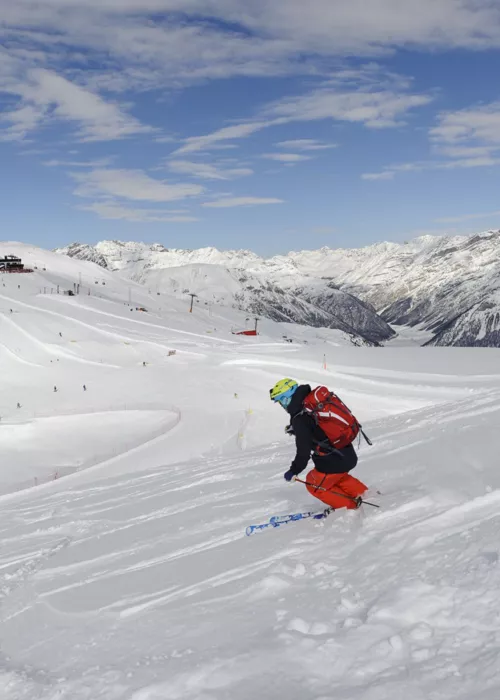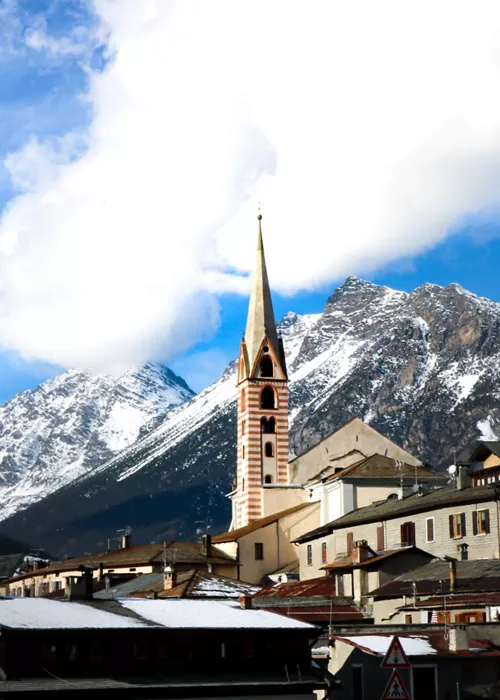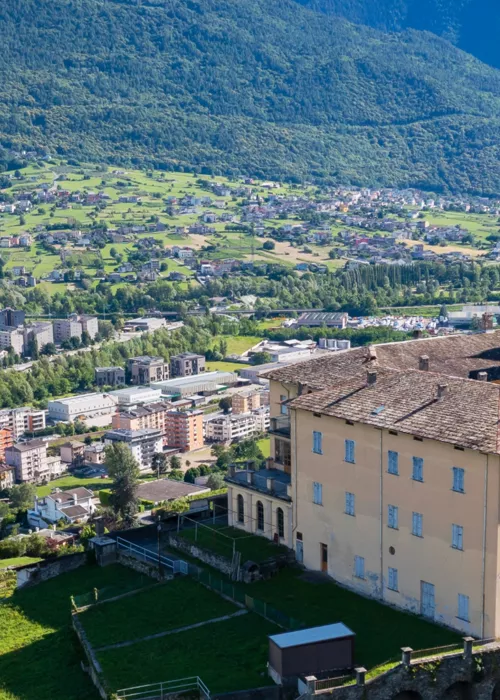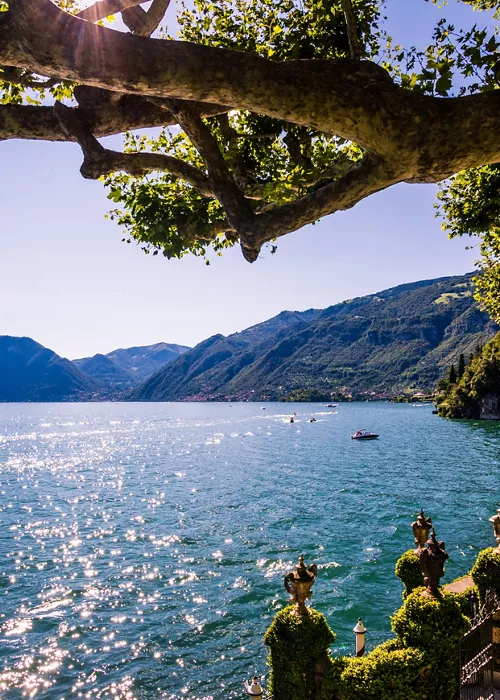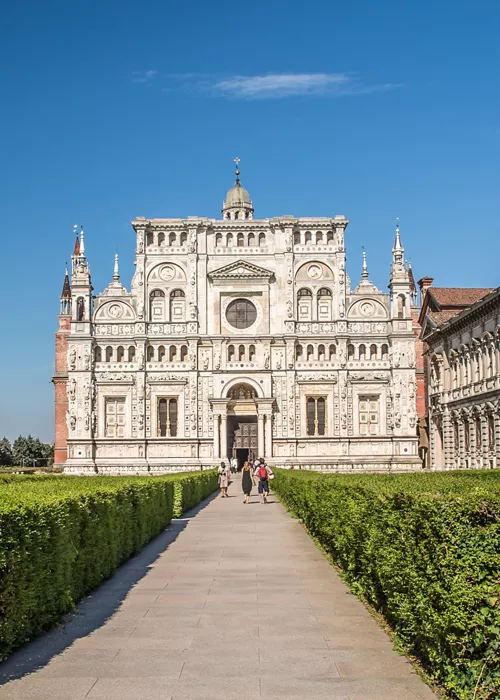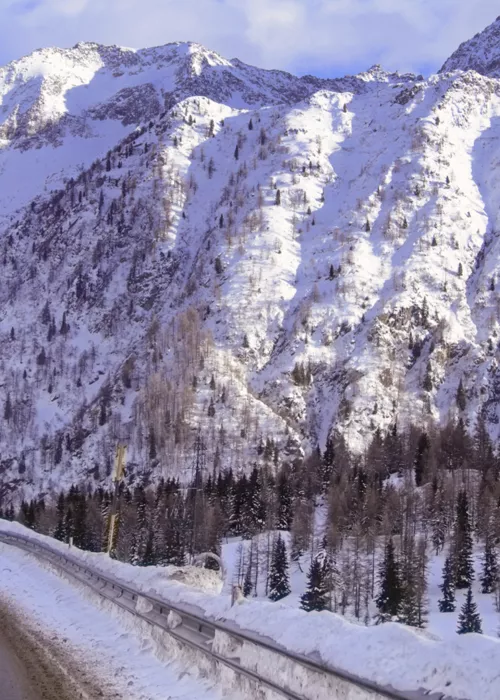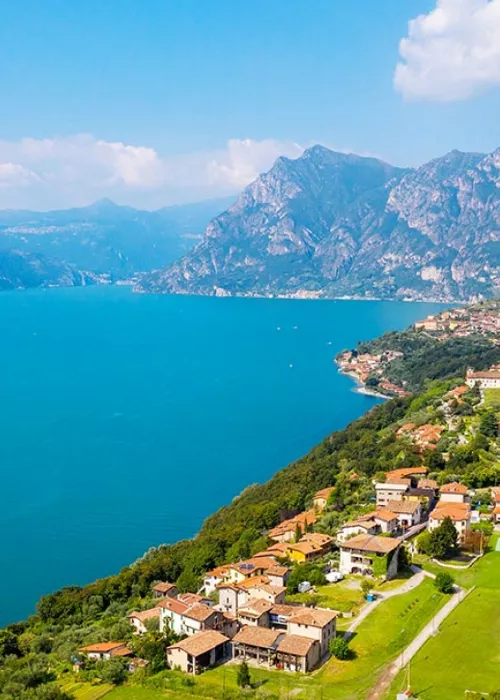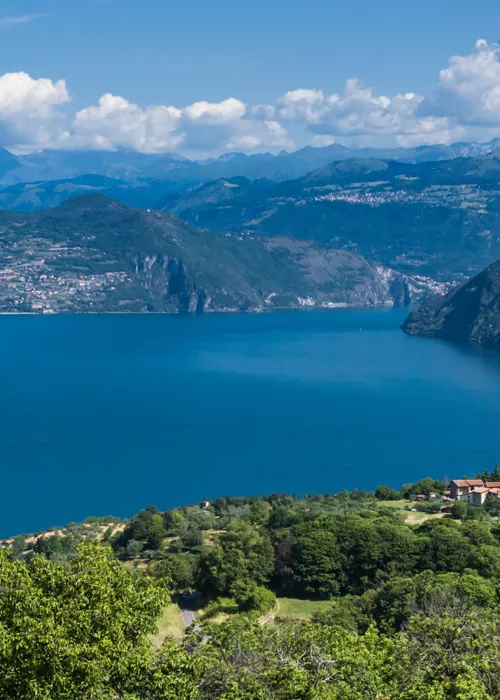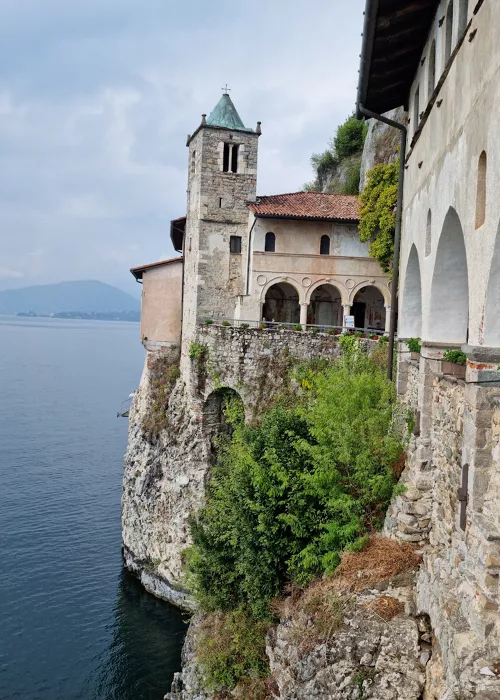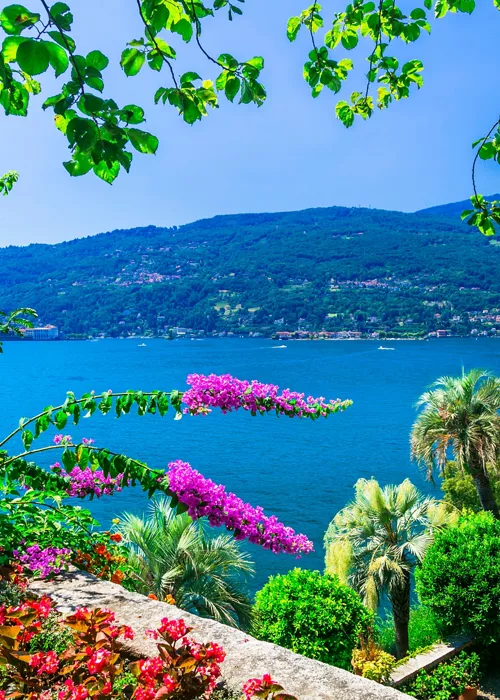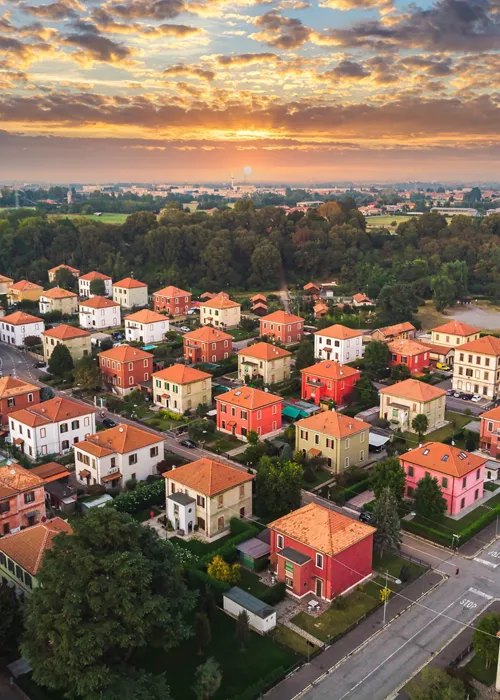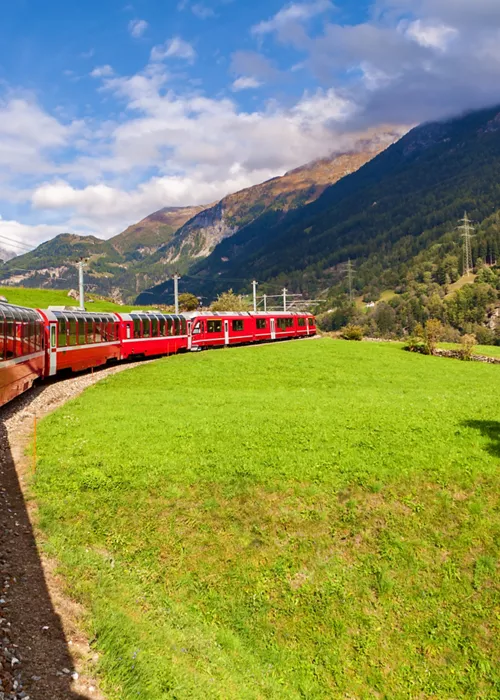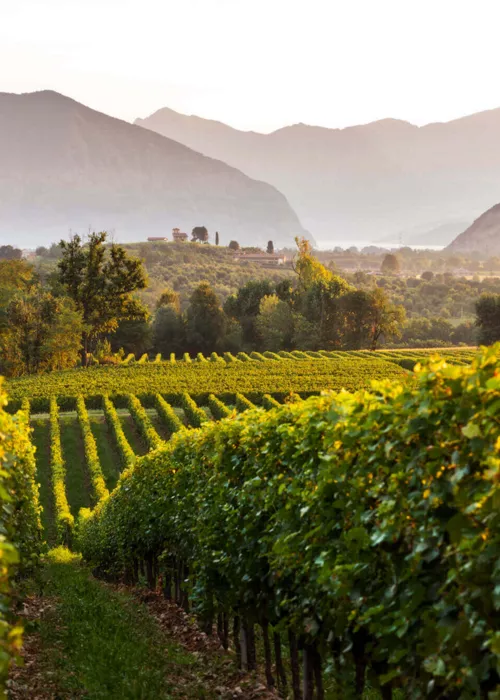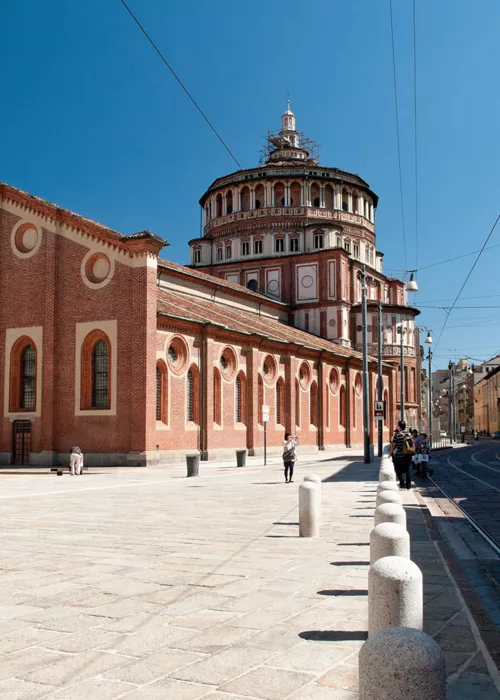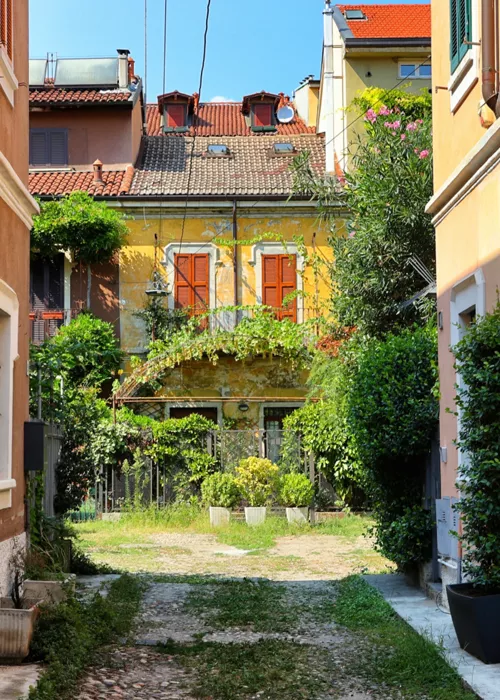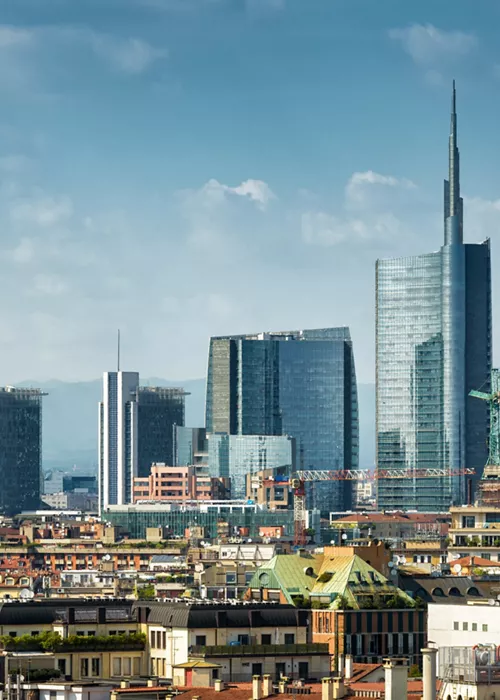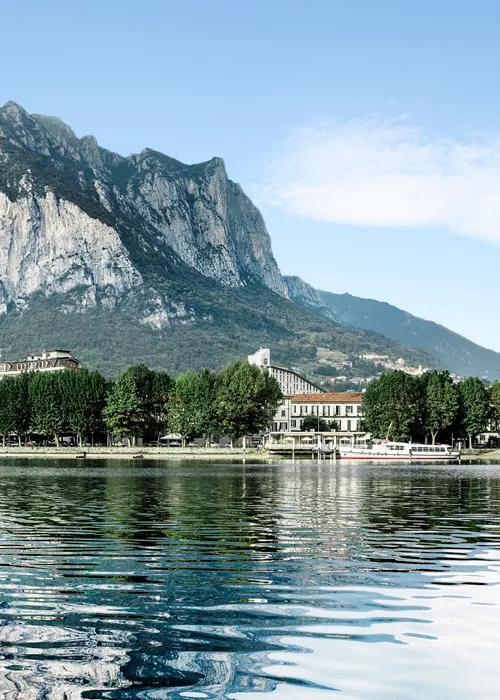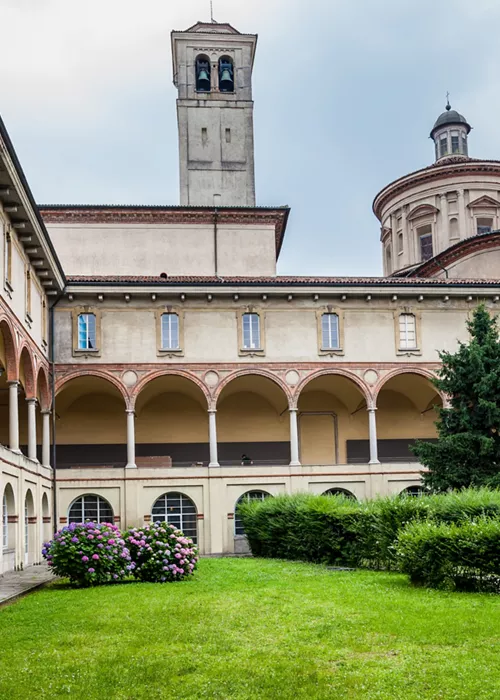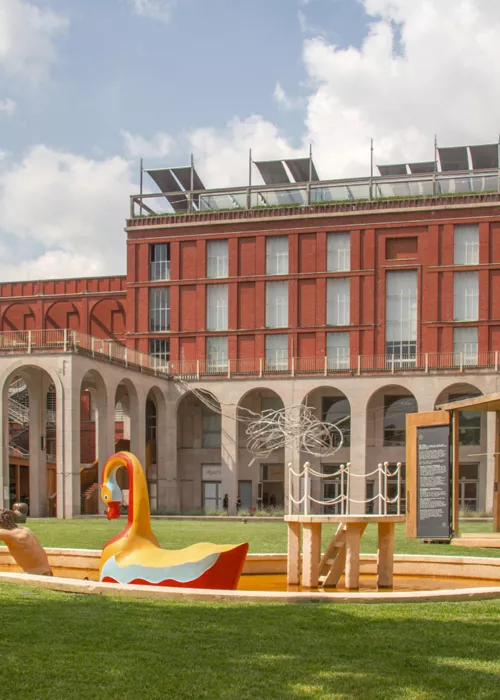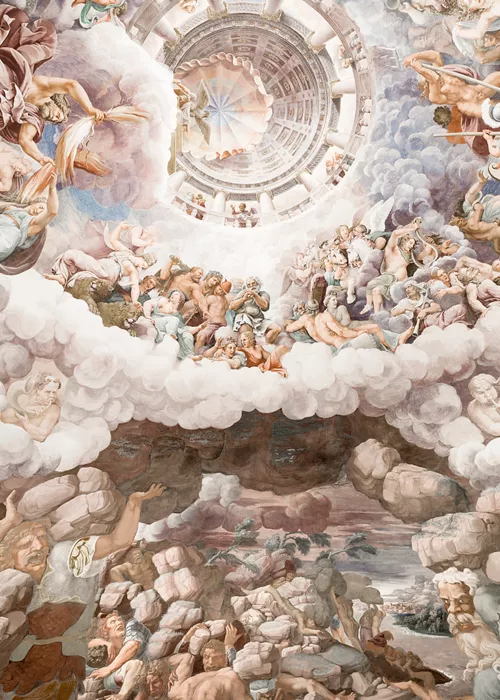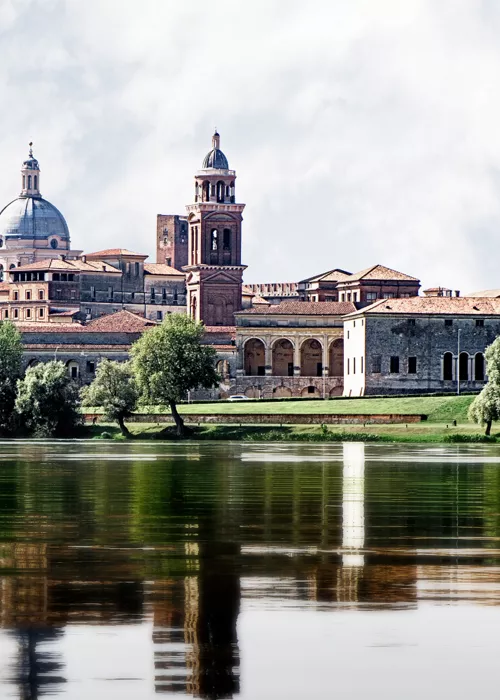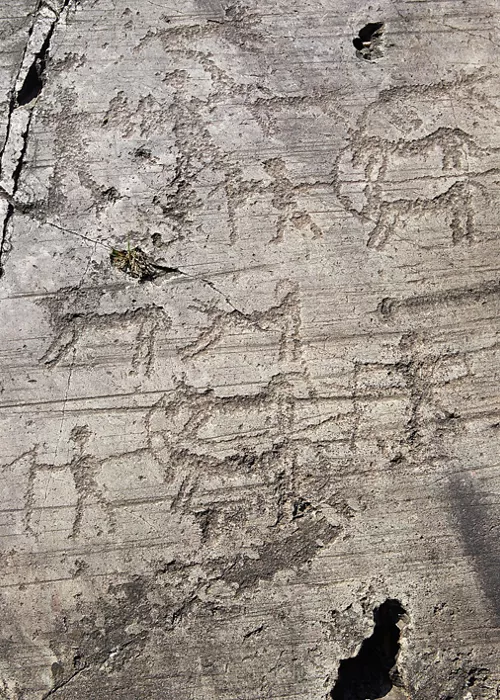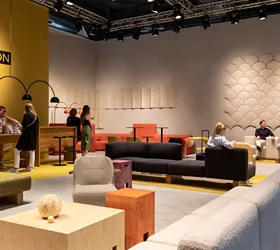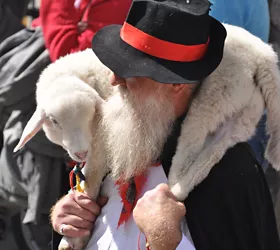Lombardy: the engine of Italy and a region of culture and charm
5 minutes
A vast territory with a wide variety of landscapes: the Lombardy region stretches from the Alps to the Po Valley and includes large industrial centres, cities of art and small villages rich in history.
Known as the "region of the lakes", it is home to more than 15, including Lake Garda, Lake Maggiore, Lake Como and Lake Iseo. It is a dynamic land that hosts a unique blend of ancient and modern landscapes, the most advanced industry and long-established agricultural practises. It is also home to Milan, a world capital of design, fashion, the stock market and finance.
The unique flavours and traditions throughout Lombardy tell of historical phases and dominations that have marked the region across the ages.
Origins and history of Lombardy
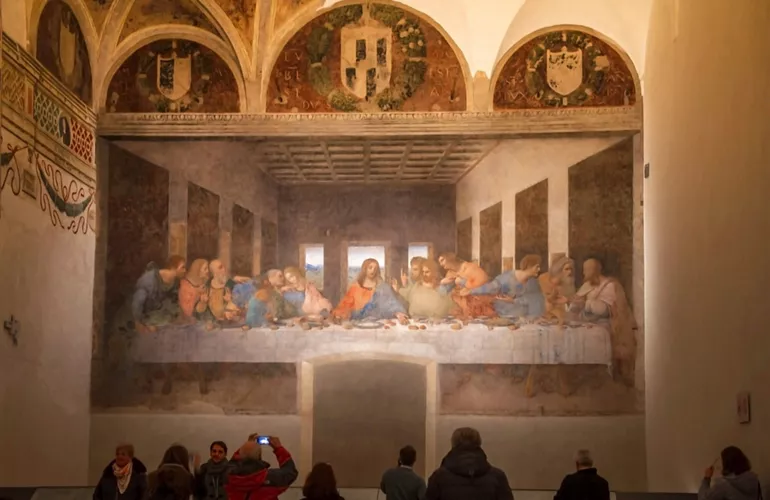
Many archaeological finds reveal that Lombardy has been inhabited since ancient times, the most notable being the extraordinary collection of cave paintings in Val Camonica.
When the Romans began their conquest of the area, the territory was renamed Gallia Cisalpina, and they imposed the use of their own language, laws and customs. During Roman rule, Milan, then known as Mediolanum, became the seat of the emperor and it was from here that Constantine issued the famous Edict of Milan, decreeing freedom of worship for Christians.
At the fall of the Roman Empire, Lombardy was invaded by various barbarian populations: the Lombards were undoubtedly the most significant, to the point of inspiring the name of the region itself.
At the Pope's request, Charlemagne imprisoned Desiderius, King of the Lombards, marking the beginning of the rule of the Franks in Lombardy.
Between the 13th and 14th centuries, several cities in Lombardy came under the control of powerful families, such as the Gonzaga in Mantua and the Visconti in Milan.
This was followed by centuries of Spanish and Austrian rule, before the establishment of the Savoy Kingdom of Italy, followed by the Italian Republic.
The main cities of Lombardy
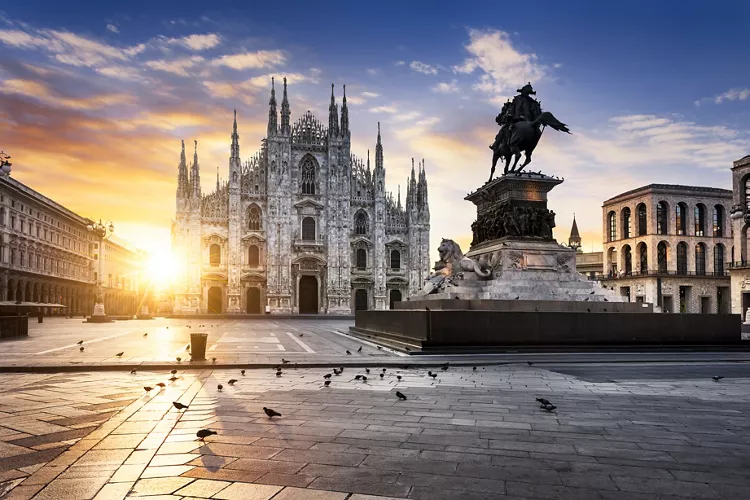
Your discovery of Lombardy can only begin in Milan, Italy's main economic hub and a magnificent city of art, with monuments such as the iconic Cathedral of Milan and the Sforzesco Castle, built by the lords of Milan in the 15th century.
An important cultural and financial hub, the city is home to the headquarters of the Stock Exchange. The city centre extends along the Galleria Vittorio Emanuele, Via Dante, Via Manzoni, Via Monte Napoleone, Corso Venezia and the Brera district, full of luxurious boutiques, theatres, cinemas and amazing museums.
Among its many treasures, the city hosts Leonardo Da Vinci’s precious painting The Last Supper, created in the refectory of the Santa Maria delle Grazie church.
The city of Brescia, a long-underappreciated important industrial hub and remarkable city of art, has recently experienced a great revival.
It hosts the splendid Piazza della Loggia, along with the impressive district of Carmine and alleyways of San Clemente.
Bergamo offers astonishing beauty: the city, built on a hill and encompassed by a wall with four gates, is divided into the upper city, Città Alta, and lower city, Città Bassa.
The former has a medieval centre that boasts important historical monuments such as the Cathedral and the Church of Santa Maria Maggiore, while the modern heart of the city is located in the lower part.
Finally, Mantua is a quick and easy city to explore, built on a quiet bend of the Mincio River. It has a small centre full of squares and buildings (such as the Palazzo Te), the legacy of the Gonzaga family. Nearby you will find lakes and Mincio Park.
What to see in Lombardy: 5 unmissable stops
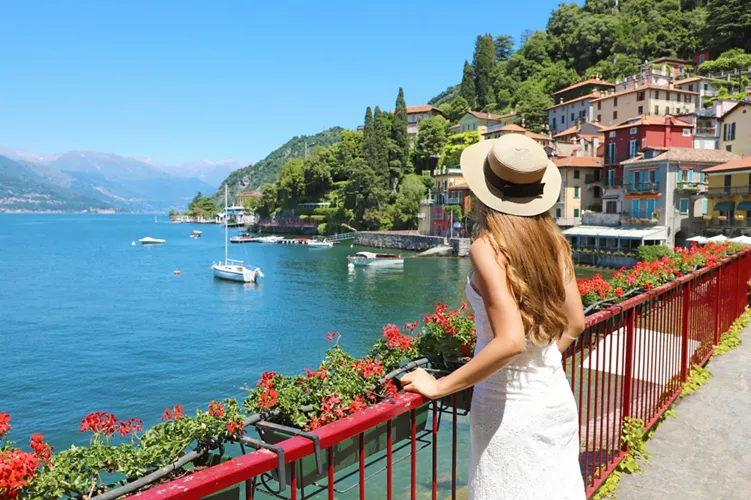
To understand the complexity of Lombardy, we recommend starting with the Valtellina: an Alpine area made up of a series of valleys that make it a destination for all seasons, with spas, beautiful lakes, picture-perfect landscapes and characteristic villages with typical stone houses. It includes destinations such as Livigno, Bormio, Tirano and Sondrio, among others.
It is well worth visiting Lake Como, an area known for its spectacular panorama at the foot of the Prealps. Here, you can visit Villa del Balbianello, a romantic 18th-century villa with a garden that has hosted many a famous writer and traveller.
Surrounded by the countryside, the Charterhouse of Pavia is one of Italy's greatest Renaissance masterpieces. This monastery, built by Gian Galeazzo Visconti as a family chapel, combines art, history and spirituality in a place of unique charm.
Anyone who loves the outdoors will be fascinated by the Tonale Pass, a border point between Lombardy and Trentino-Alto Adige that guarantees an exciting ski season thanks to an impressive ski area.
Unusual places in Lombardy: three destinations for curious visitors
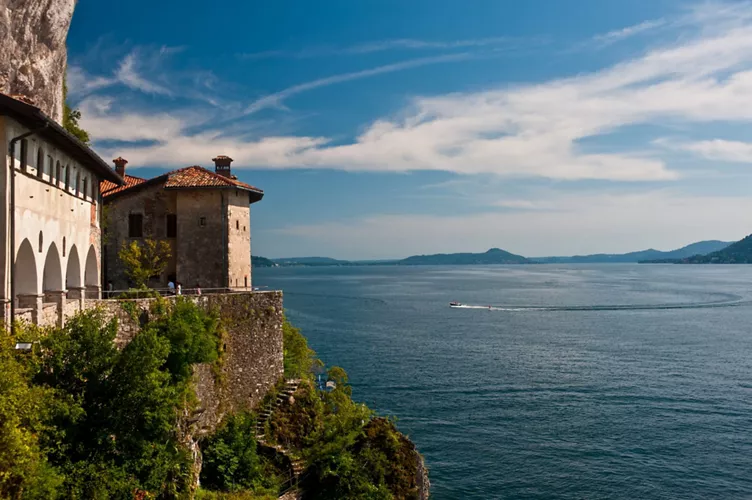
One of the most unique places is the beautiful village of Monte Isola, the largest lake island in Europe, in the heart of Lake Iseo in the province of Brescia.
The Oltrepò Pavese is the ideal destination for anyone seeking relaxation along with a good wine: it lies below the Po River and is brimming with castles, villages, vineyards and a rich wine and food tradition.
Curious tourists will also enjoy Santa Caterina del Sasso, a traditional monastery on the eastern shore of Lake Maggiore, in the municipality of Leggiuno.
Typical products of Lombardy: 5 delicacies to taste
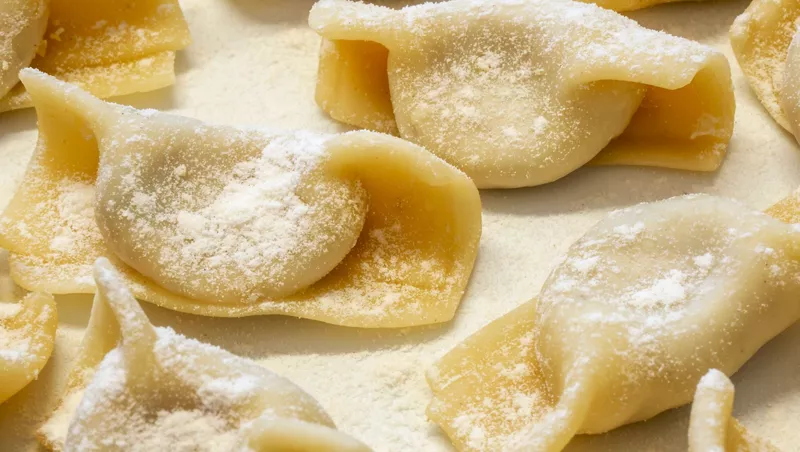
Simplicity becomes delightful in Lombardy, with cuisine that is tasty and generous, characterised by traditional ingredients.
A perfect example is Gorgonzola PDO, a creamy, blue-veined raw-milk cheese that can be sweet or spicy. Grana Padano PDO is a mature, hard cheese. Bitto is a mild alpine cheese left to mature for at least 70 days, best tried with pizzoccheri. Lastly, Quartirolo Lombardo PDO is a typical soft cheese.
Among the most popular cured meats is Valtellina bresaola, a seasoned beef low in fat and ideal for anyone on a diet!
Also worth trying at least once is Mantuan pumpkin, one of the most popular pumpkin varieties thanks to its unique sweetness. Tortelli di Zucca are a delicacy, and you can learn how to make them by attending one of the many cooking courses organised in and around Mantua.
Events in Lombardy: 2 opportunities not to be missed

Lombardy comes alive all the time, but among the events that attract the most people from all around the world are the Milan Furniture Fair, the most important international trade fair for the home, design and furniture sector, and Milan Fashion Week, which transforms the Lombard capital into a dynamic catwalk.

